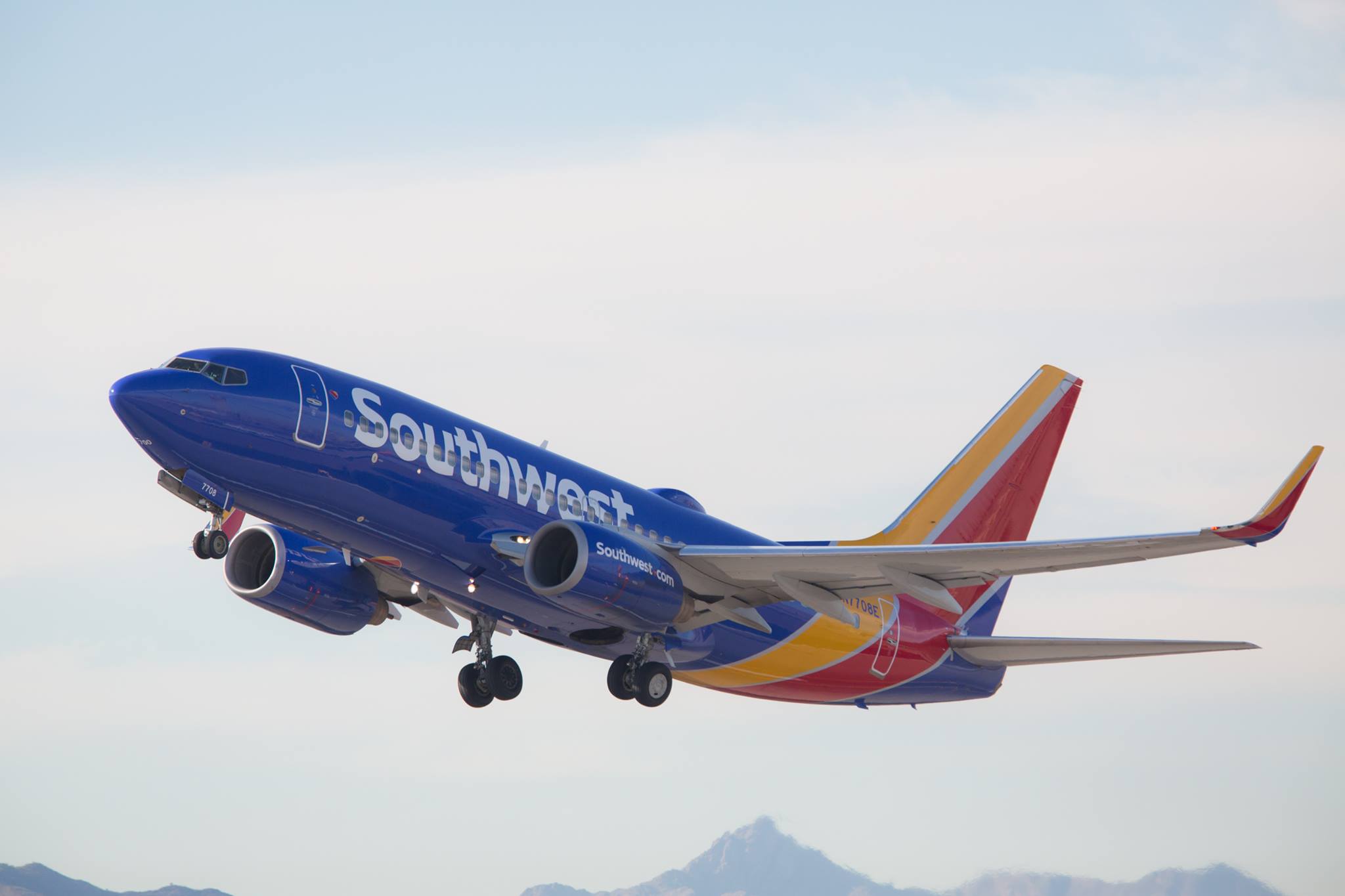It took California Pacific Airlines nearly a decade to get off the ground, but last week, America's newest commercial airline finally took flight. The carrier began scheduled service from McClellan-Palomar Airport (which serves the northern part of San Diego County) to San Jose, California, and Reno, Nevada. Flights to Las Vegas and Phoenix are scheduled to begin on Nov. 15.
Yet the new airline didn't exactly have a smooth first day. And that points to a major problem with the company's current business model that could threaten California Pacific Airlines' very survival.
Trying to fill a distinct niche
Despite the occasional major success story like Southwest Airlines (LUV +5.70%) or JetBlue Airways, most start-up airlines quickly go bust. The airline industry is capital-intensive and ultracompetitive. Furthermore, larger carriers enjoy massive economies of scale. All three factors make it hard for new airlines to break through and become sustainably profitable.
California Pacific's strategy is to tap into a captive market in northern San Diego County. Due to its short runway, McClellan-Palomar Airport can't support the larger jets that most airlines prefer to use. As a result, California Pacific Airlines faces no direct competition at its home airport.

California Pacific is currently the only airline operating at its home airport. Image source: California Pacific Airlines.
Southwest Airlines offers extensive service at San Diego International Airport, complemented by smaller operations for the other major U.S. airlines. But during rush hour, it can take an hour or more to get to the airport from Carlsbad, Oceanside, and other communities in San Diego's northern suburbs. Parking fees are high, as well.
California Pacific Airlines is banking on the convenience factor of McClellan-Palomar Airport in order to appeal to travelers. In fact, its starting fares of $99 to $149 are actually higher than the introductory fares Southwest charges on the same routes from San Diego International Airport.
The fleet is a major concern
In an unfortunate turn of events, California Pacific Airlines' first scheduled flight last Thursday was delayed by nearly half a day due to a maintenance problem. The morning departure didn't end up leaving for San Jose until after 6 p.m.
Indeed, the new airline's reliance on a fleet of Embraer (ERJ 2.83%) E145s that are 15-plus years old could be its Achilles' heel. While these jets should have plenty of life left in them, they are expensive to maintain. Even if they are well cared for, they are likely to be less reliable than the Boeing 737s favored by Southwest. The E145s also burn a lot more fuel per seat, although that's less of a factor on the sub-500-mile routes that California Pacific Airlines is operating.
Another issue is that 50-seat jets like the Embraer E145 feel cramped compared with the mainline jets that service most routes at San Diego International Airport.
Business travelers are California Pacific Airlines' main target market. It will be a tough sell to win these customers away from Southwest Airlines with higher fares, less-comfortable planes, and infrequent flights -- despite the advantage of operating from a more convenient airport. And if California Pacific can't offer reliable service, business travelers will quickly lose whatever interest they may have today.
Will California Pacific Airlines try to upgrade?
In the short run, California Pacific should consider keeping a spare aircraft at its home base in Carlsbad to ensure that future maintenance issues don't lead to massive delays or cancellations. Even so, it will have a hard time turning a profit as long as its business model relies on getting people to pay a premium (relative to what Southwest would charge) for a less comfortable ride.
In an earlier version of its business plan, California Pacific Airlines had planned to use the E170, a larger, more comfortable, more reliable, and more fuel-efficient Embraer jet. The E170 is one of several larger aircraft that can feasibly operate from McClellan-Palomar Airport's short runway. The next-generation Embraer E190-E2 and Airbus A220-100 should also fit the bill.
For California Pacific Airlines to survive, it needs to think about upgrading to one of these newer models. By doing so, it would be able to reduce its unit costs while improving its reliability and customer comfort -- making it a whole lot easier to sustain higher fares.
The main drawback is that any of these planes would be far more expensive than California Pacific's existing E145 fleet, potentially requiring it to raise more capital. (The carrier would also have to get FAA approval and retrain its crews to operate a new aircraft type.) However, without a more competitive fleet, this start-up airline may never reach profitability.






